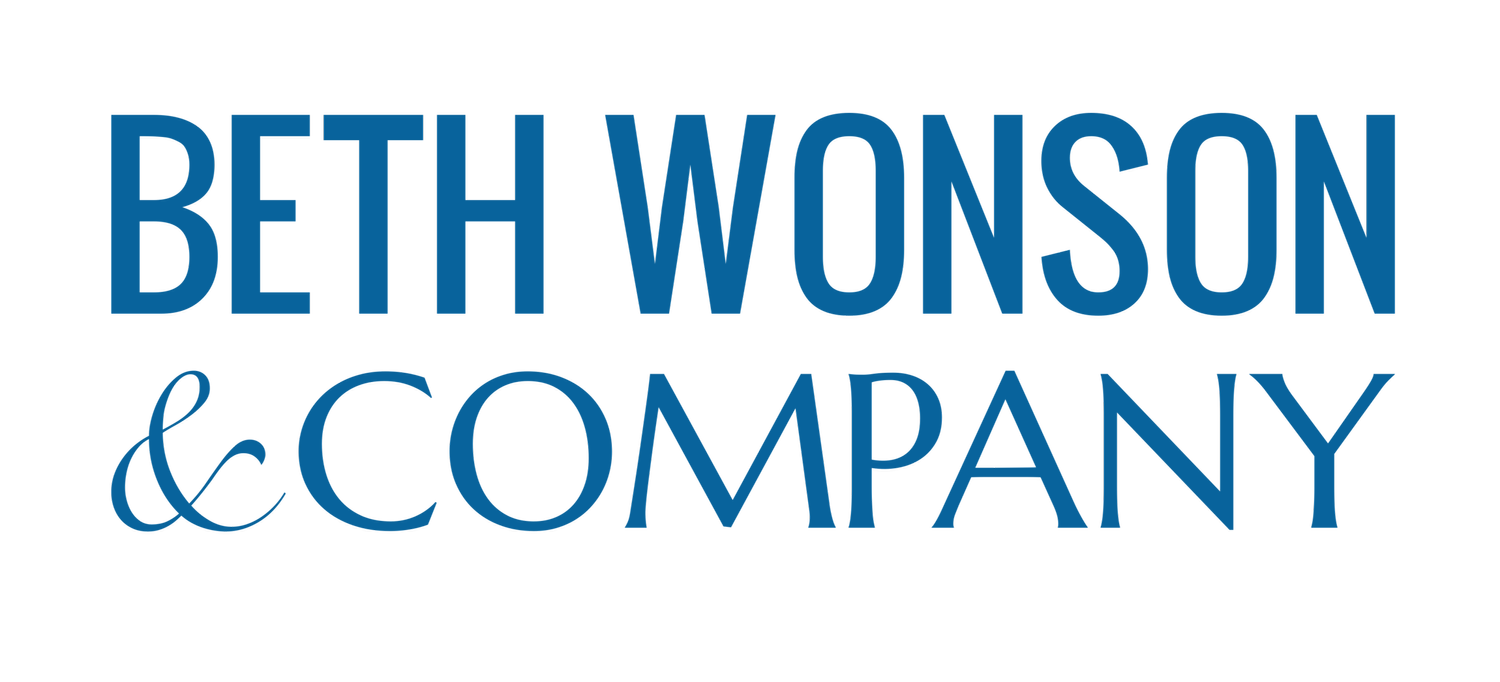Is Your Performance Management System Helping or Hurting?
I worked at an organization where fear around losing people with unique skills, certifications, and talents was real. We also didn’t have consistency nor accountability around performance reviews. We didn’t have a clear system, measurement rubrics were vague, and each manager brought their own bias (and consistency) to the process.
It was well known that the best way to negotiate a salary increase or promotion was to threaten to leave.
Every time someone with unique and valuable skills talked about leaving, there was a reaction from leadership to try and find money to keep them. This drama revolves around questions like, How much will they be offered? Can we match it? Can we create a new position to justify the pay increase or new title? What will it take to keep them?
Within hours, everyone would be in emergency mode. Suddenly, there's budget dollars for a counter-offer. A promotion gets expedited. And last year’s performance management results got manipulated to justify a raise and a bump today.
The message that gets sent to everyone watching? The real performance management system isn't the one in your handbook; it's the one that kicks in when someone threatens to leave.
The Reactive Trap
What I’m describing is a reactive trap. One in which your loyal employees accept the unwritten rule, “I need an outside offer in order to be valued here.”
You've created the retention problem you're trying to solve.
We're Solving the Wrong Problem
Most performance management systems are designed to document and defend rather than develop and retain.
They focus on rating past performance instead of creating future possibilities.
The real questions leaders should ask:
How do we help people grow before they outgrow us?
How do we reward high performers AND high-potential people?
How do we create advancement paths that don't require external leverage?
How do we make difficult performance conversations happen regularly, not annually?
The Proactive Alternative
Instead of waiting for exit interviews to understand what motivates someone, have those conversations quarterly.
Instead of scrambling to create development opportunities when someone gets an offer, proactively identify stretch assignments and growth paths.
Example: You notice someone on your team asking about strategic planning. Don't just answer—invite them to shadow planning sessions.
What Proactive Performance Management Looks Like
Regular check-ins focused on "What do you want to learn?" not just "How are you performing?"
Clear competency frameworks showing multiple advancement paths
Stretch assignments based on growth potential, not just current performance
Compensation reviews tied to skill milestones, not external pressure
Leadership development distributed widely, not hoarded for "obvious" candidates
The Bottom Line
The most effective performance management happens in small moments—the brief conversation after a tough client meeting, the five-minute check-in when someone seems disengaged, the proactive offer of development opportunities.
When performance management becomes continuous conversation rather than an annual event, when growth opportunities are distributed proactively rather than reactively—that's when you solve real business problems.
The best retention strategy isn't a counter-offer. It's a culture where people want to stay because they're already becoming who they want to become, right where they are.
If you are struggling with urgent conversations and budget manipulations to try and retain staff, let’s talk about shifting how you and your organization approaches performance management and employee retention. Grab a time to talk here https://ncdsolution.com/beth
Have a Question? Let’s Talk Today
You may be facing a challenge or weighing an action and aren’t sure where to start, or what a solution even looks like. Contact Beth today! It’s 100% confidential so you can freely discuss the challenges you’re facing and unlock a path forward. Or Get Started with our resources library and books.
